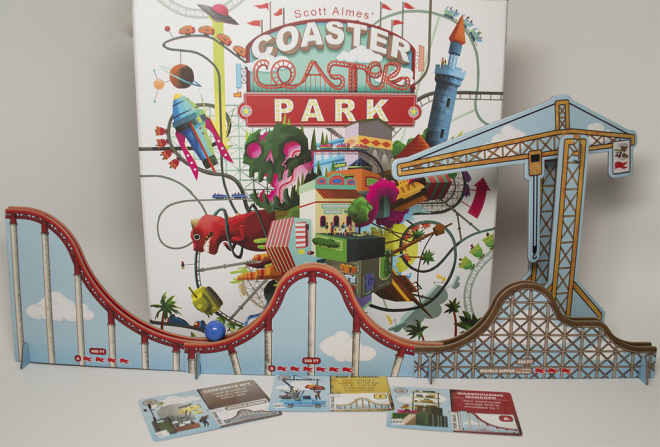Okay, it’s 2018 and still there is a long list of Essen 2017 games to be done. Have you acquired some of them? Feel free to share the new collection or discuss them here. Now lets move along to the seventh part of this long preview.
 PULSAR 2849
PULSAR 2849
2849 marks the beginning of an interstellar energy boom. Human finally invented new technologies that can harness or utilize the energy of pulsar for many different things. In this new dawn, players as corporations do not want to miss that chance and compete with each other to take part on this historic event by building megastructures in space. Okay, this sold me out, though I tend to avoid space sci-fi theme due to my wife’s disliking of the specific theme. My main interest honestly lies within the designer behind the game, Vladimir Suchy which designed Shipyard in the past, a game of building ships, which my wife really fond of. So what game is Pulsar 2849? It has a round-shaped board showing a space in the galaxy with a star cluster and many planetary systems. In 8 rounds players will take turns to draft dice and allocate them to different parts of the game. There are so many actions to choose over the turns, players can move their survey ships around, develop pulsars, build energy transmission, patent technologies, and work on special projects. These are major things you do in the game, the truth is there are many other small things under this major actions you need to do. One of the interesting things in the game is the engineering and initiative tracks which run side by side depending how players want to use it. See, while drafting dice, players can choose any die but they need to pay the cost based on the median track of the available dice of that round. They need to pay the cost with their engineering or initiative. The thing is the higher the die value, the better it is. So I guess the game mitigates this issue by making the players to pay the cost, which getting a high value die is more expensive than the lesser ones. When paying the cost they can choose to move out one of their tracks (engineering or initiative) based on what die they take and its current median. Initiative will determine the turn order of next round, while engineering is like an income for energy cubes based on the position of the markers. When the game ends players score points based on their goal tiles, purple patents, claimed pulsars, leftover engineering cubes, and stations. There are so many things spread around the game and with those come so many choices to choose for. It feels like a point salad game, while you gain points based on what you do. I like how the game looks and can’t wait to try it out.
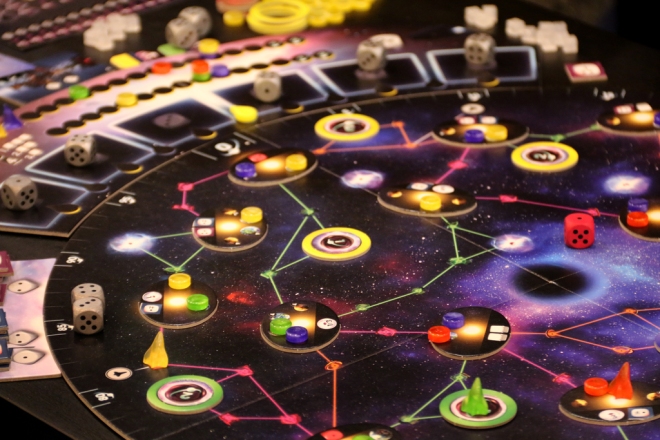
 PHOTOSYNTHESIS
PHOTOSYNTHESIS
This game is very interesting, you can see it only by the looks of the game set up on the table. There are card board trees, many card board trees. So the game is about the title itself, photosynthesis which is a process used by plants to convert light energy into chemical energy so that they can grow. In this game, players will be one of 4 different varieties of trees and compete to grow and spread their seeds in the sunlight. In the game players will get a player board with slots for many different size trees of their variety. There are 3 sizes of trees, small, medium and large. And players will start with 2 small trees on the board and can work to grow them and add more trees into the board. In order to grow, players need sunlight to light their trees. But the sun moves around and cast shadows. Shadowed trees cannot grow because the sunlight cannot reach it. That shadow comes from another tree blocking the sunlight, since there are different sizes, larger tree will cover the sunlight from smaller ones, making them cannot grow. In the game, players can buy trees from their player board to their supply by using light points, plant seeds around their existing trees on the game board, grow trees by using light points and collect scoring tokens by ending the life cycle of large trees. The game ends when the sun rotates 3 times and the last sun revolution counter has been drawn. I found the game has a very really simple set of rules but offers very deep tactical choice within the game. Players need to plan and take actions carefully by looking at the board situations and how opponents will act to determine what is the best thing they need to do on their turn. The components are good, it’s very nice to look at, definitely eye candy over the table. And the most important thing is it has a very nice educational value for kids (or adults alike) about how trees grow.

 UNTOLD – ADVENTURES AWAIT
UNTOLD – ADVENTURES AWAIT
This interesting storytelling cooperative game is played using a set of Rory’s Story Cubes. For those who don’t know Rory’s Story Cubes, it’s a set of 6-sided dice with different symbols on each side (the symbol is unique one of a kind in a set). In the original game of Rory’s Story Cubes, players will roll dice and set a story from the rolled dice. It’s a loose game of storytelling. Now in this game, they took the cubes usability to a whole another level. With some rules and standard guide they create a structure needed for the dice to be used in a way that players will try to make more compelling and structured good story. Before the game starts, players will set a base story in the episode guide as a starting point and setting for their story to expand. The game also comes with character creation, a quite loose one at that. To create a character, players can use the story cubes (dice) as assistance to shape the character or do it freely and then fill out the questions on their character sheets. A character can also has special abilities along with companion or items than can helm them on the story. As most of good stories, it’s broken down to several scenes (orderly fashion), starting from A Dangerous Dilemma, The Plot Thickens, An Heroic Undertaking, The Truth Revealed and The Final Showdown. Based on these scenes players will reveal scene cards to guide them with their story. The symbols on scene cards will determine how players will use the die of their choice. Since this is a cooperative game, by the nature of this game, there will be an alpha player issue. It requires some sort of creative storytelling and imagination level from the players to create a good and interesting story that will engage them as the game goes by. So if you do not like these kind of stuff, sharing you imagination, give story ideas and like to playful with your stories, this might be not a good fit for you. It relies heavily on that part to determine the fun level of the game. There are some features for players to control (to some extent) on how the story goes, they’re given some tokens to alter the story in one way or another. Players can interrupt other player’s story with idea token (each player has two tokens), go back to the past and try to add more depth or details to the backstory using flashback token, change a die result by using a modify token and a play/pause card to pause the game to set a discussion about the story. This is not a game about winning or losing, it’s about how you build the story together and feel accomplished.

 VIRAL
VIRAL
Viral is a game about virus (obviously) in a human body. Players take the role of different viruses trying to get viral points by infecting, spreading through different organs on the body. It’s a pretty unique theme, while Cytosis has a positive approach this one has negative approach. The main boars depicts a human internal organ such as brain, lungs, heart, kidneys, intestines and others divided into different zones. The game uses action selection mechanic with cards. In each round players will assign 2 pairs of cards (with each pair consists of 1 zone card and 1 action card) and then resolve the actions in turn order and discard the used cards (those cards couldn’t be used for next single round). Players will have to spread their markers to different zones and organs to gain majority and zone controls. To control a zone, each player must have at least one marker in every organ in that zone. Some organs will have a crisis tile (depending on the number of viruses (markers) that organ has and number of players. Crisis tiles mark the organs where the body’s immune system will work. Some viruses on that organ will be removed (there also be scoring). There are also cures which based on the research track on each player. Player’s that already move into the top space on the research track will remove all of their viruses (except the ones with shield icon) from the board and reset the track back. The game uses tie breaker mechanism where players will determine which one of them win the tie breakers. So there will be a lot of tie situations on the game. The game uses vibrant color for the organs and it looks very contrast over the white background. It looks colorful and clear. But apparently I consider this overly too simple for this kind of game. I wanted more interlocking mechanics than just placing viruses and control the areas.

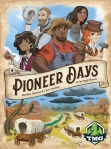 PIONEER DAYS
PIONEER DAYS
This is a very simple dice drafting / allocation game from Tasty Minstrel Games. It is designed by Matthew Dunstan and Chris Marling. The game sets in a wild west frontier where players will set a journey with their wagons through the perilous Oregon trail. Life is hard in the frontier and it takes careful planning, cunning decision and perfectly timed actions to avoid disasters and complete objectives. The game lasts for 4 weeks (5 days in each week, 5 turns). In the game, players try to get points by acquiring Town folks, pairs of cattle, favor tokens, gold nuggets while avoiding take damages to their wagon. In this game players draft dice from the pool to do certain actions (Income, Action or Recruit). There are also Disasters in the game, turns out living in the frontier is not that peaceful, there are Raid, Famine, Disease and Storms. Disasters on the game are triggered based on the color of the leftover die that players didn’t pick up each round. Black die is the most dangerous of all which advance all the disaster tracks up one space while other colors only advance that particular color. I think the game is pretty simple, you pick a die and choose what to do in a turn. The drafting is a bit interesting with the disaster tracks. When choosing a die, you need to consider what will be the last die left. This will determine which disaster track would advance. The Town folks also interesting, aside from providing benefits to the players during the game, some of them also provide points generators.

So, until next time.

 DOGS
DOGS
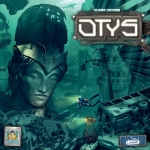 OTYS
OTYS
 FALLOUT
FALLOUT
 WORD DOMINATION
WORD DOMINATION
 NOMADS
NOMADS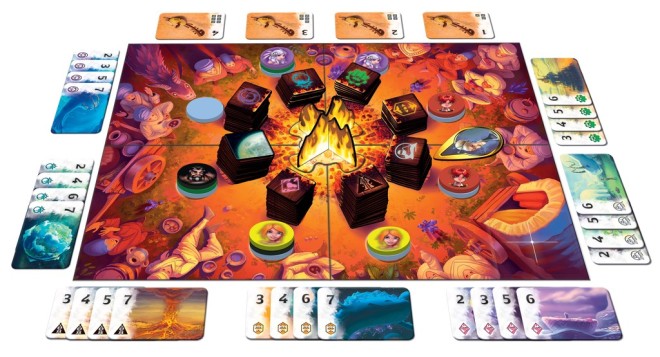
 DEADLINE
DEADLINE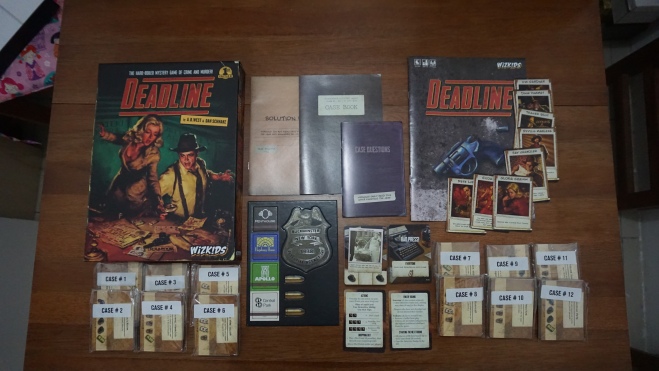
 PANIC MANSION
PANIC MANSION
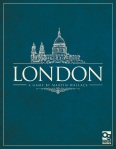 LONDON (2nd Edition)
LONDON (2nd Edition)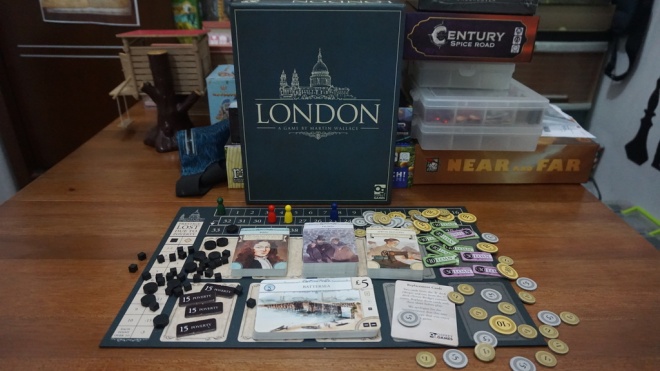
 INBETWEEN
INBETWEEN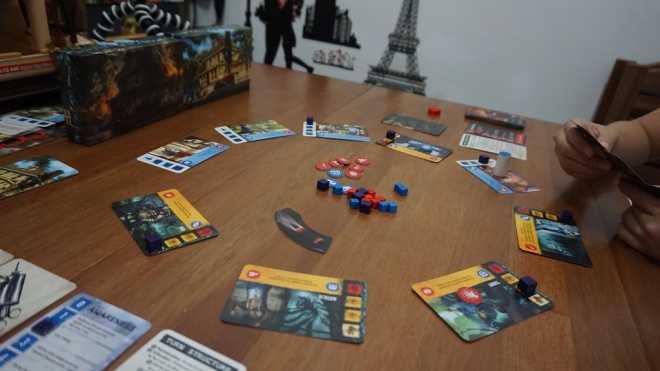
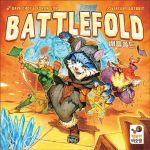 BATTLEFOLD
BATTLEFOLD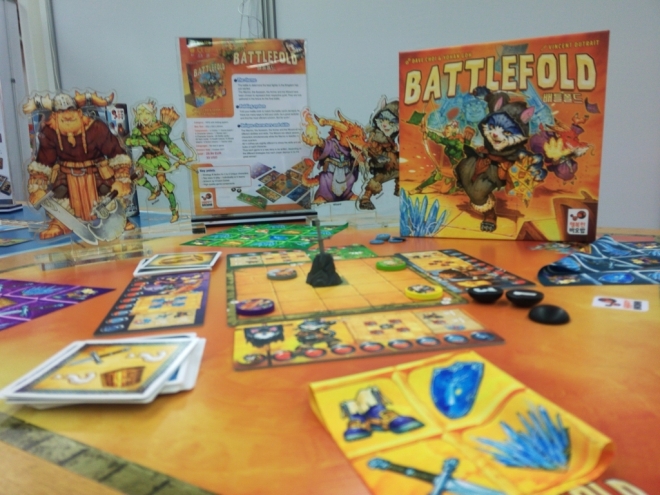
 RAJAS OF THE GANGES
RAJAS OF THE GANGES
 THE CLIMBERS
THE CLIMBERS
 FLATLINE: A FUSE AFTERSHOCK GAME
FLATLINE: A FUSE AFTERSHOCK GAME
 MEEPLE CIRCUS
MEEPLE CIRCUS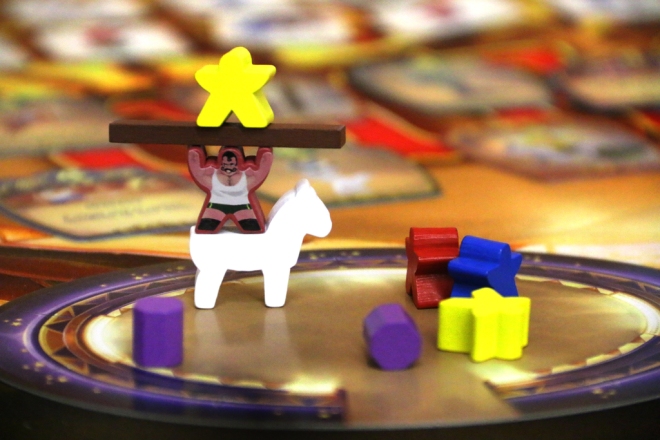
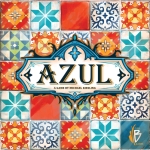 AZUL
AZUL

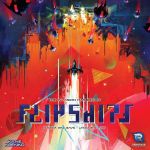 FLIPSHIPS
FLIPSHIPS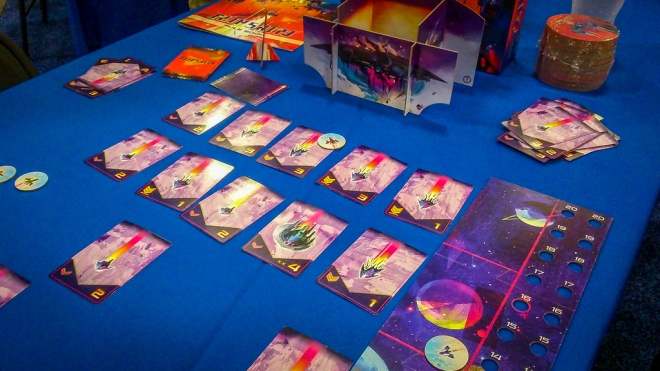
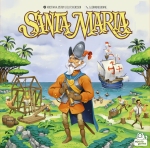 SANTA MARIA
SANTA MARIA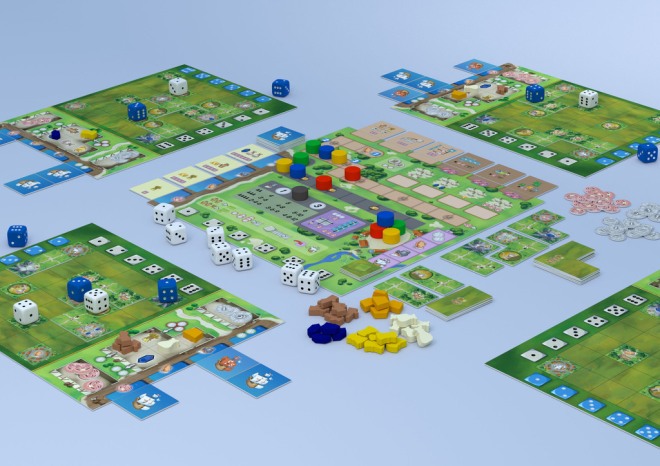
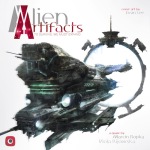 ALIEN ARTIFACTS
ALIEN ARTIFACTS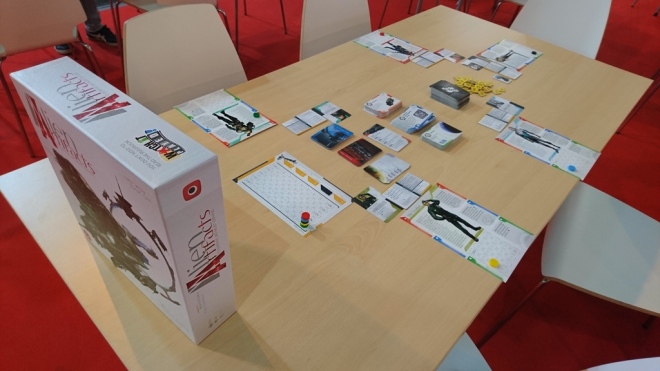
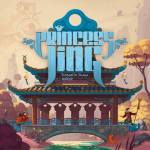 PRINCESS JING
PRINCESS JING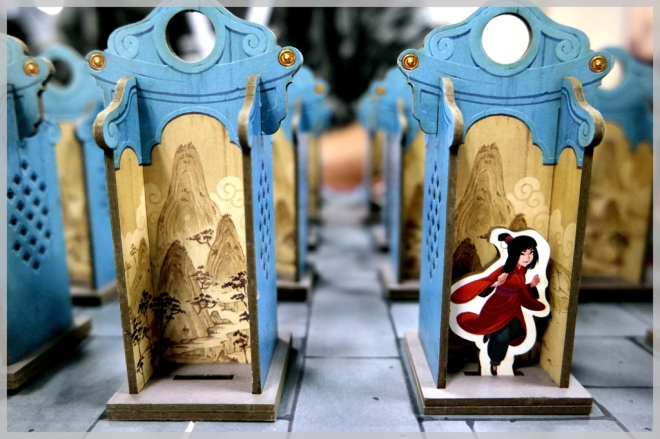
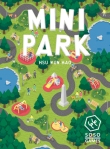 MINI PARK
MINI PARK
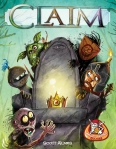 CLAIM
CLAIM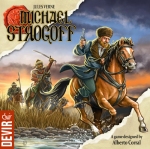 MICHAEL STROGOFF
MICHAEL STROGOFF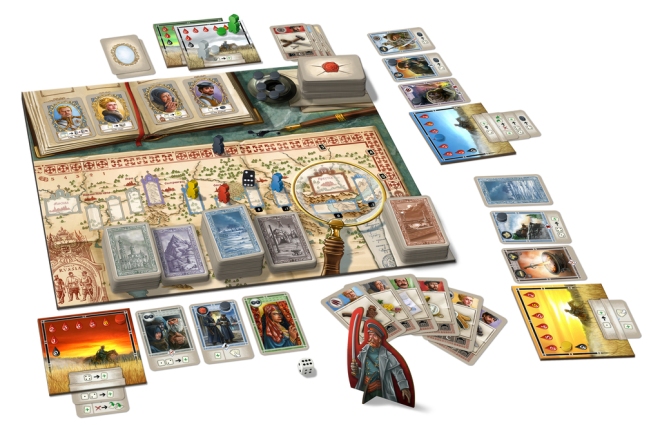
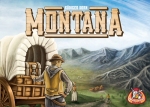 MONTANA
MONTANA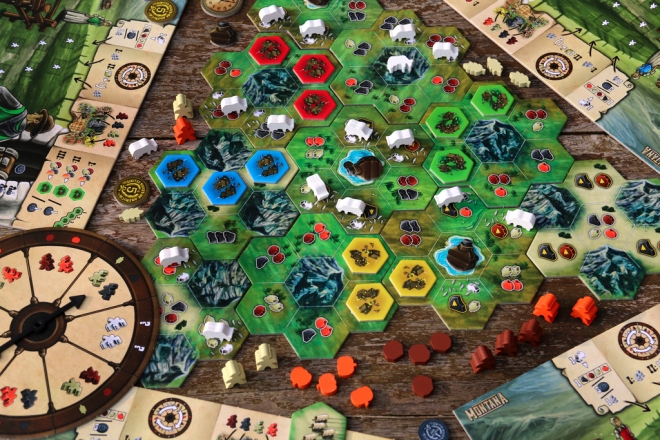
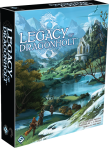 LEGACY OF DRAGONHOLT
LEGACY OF DRAGONHOLT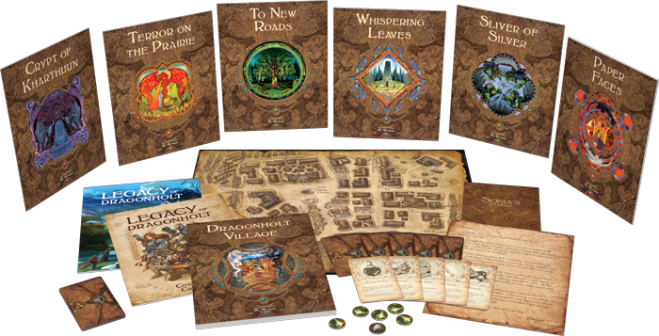
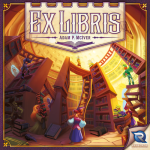 EX LIBRIS
EX LIBRIS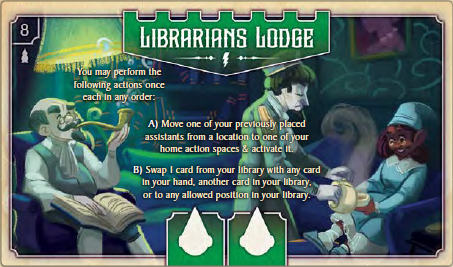
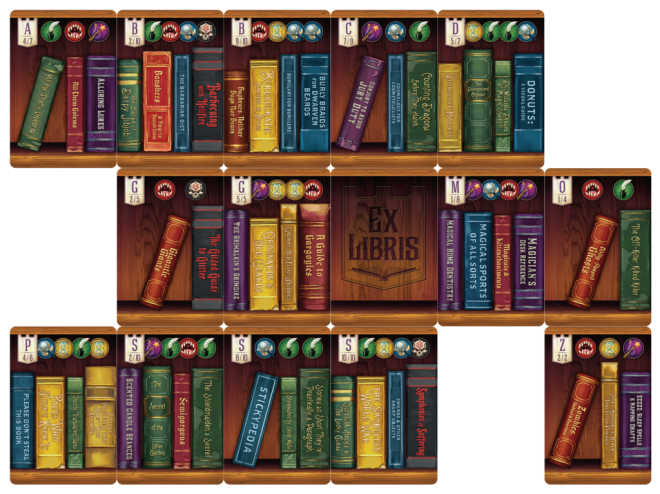
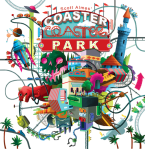 COASTER PARK
COASTER PARK